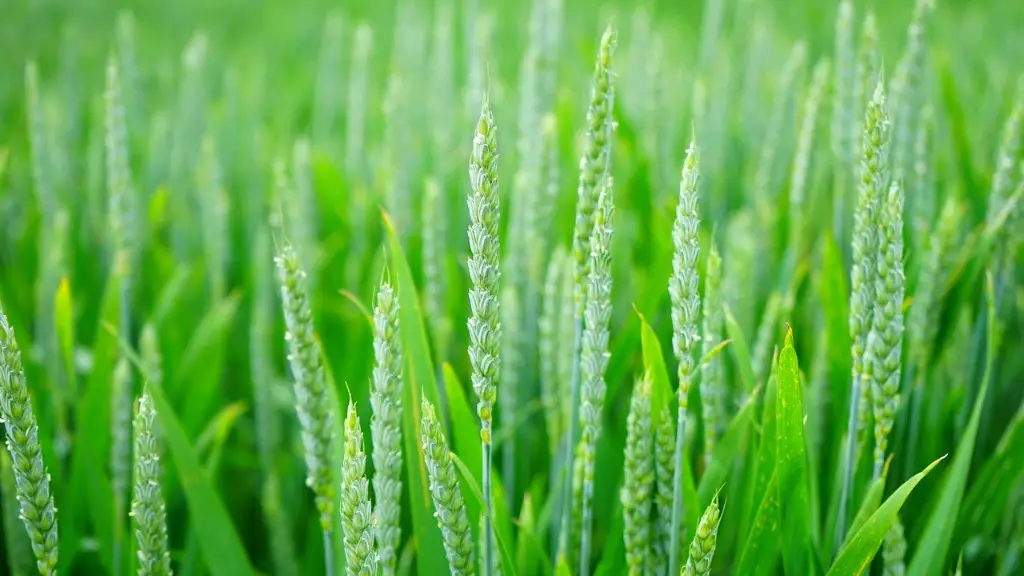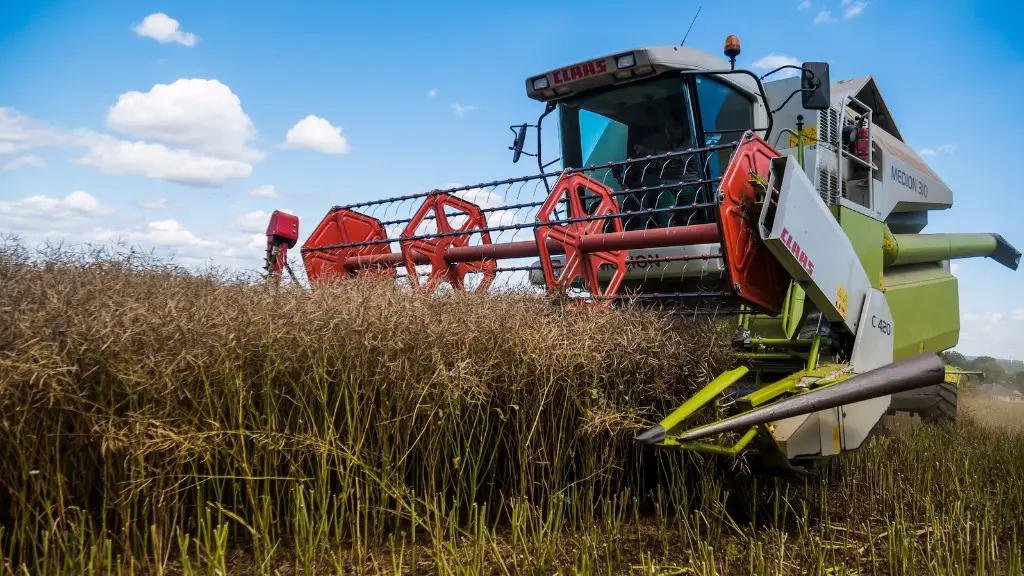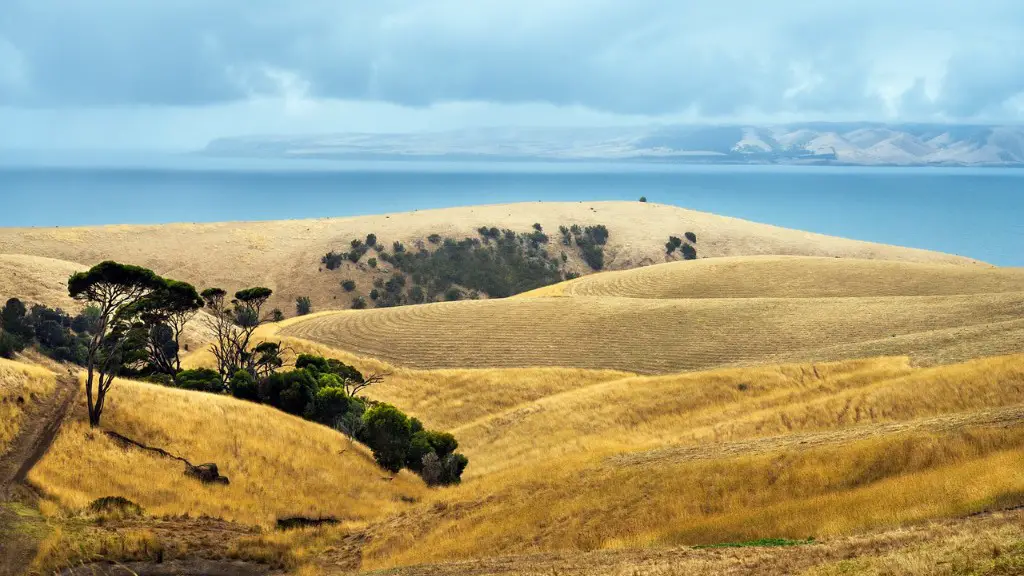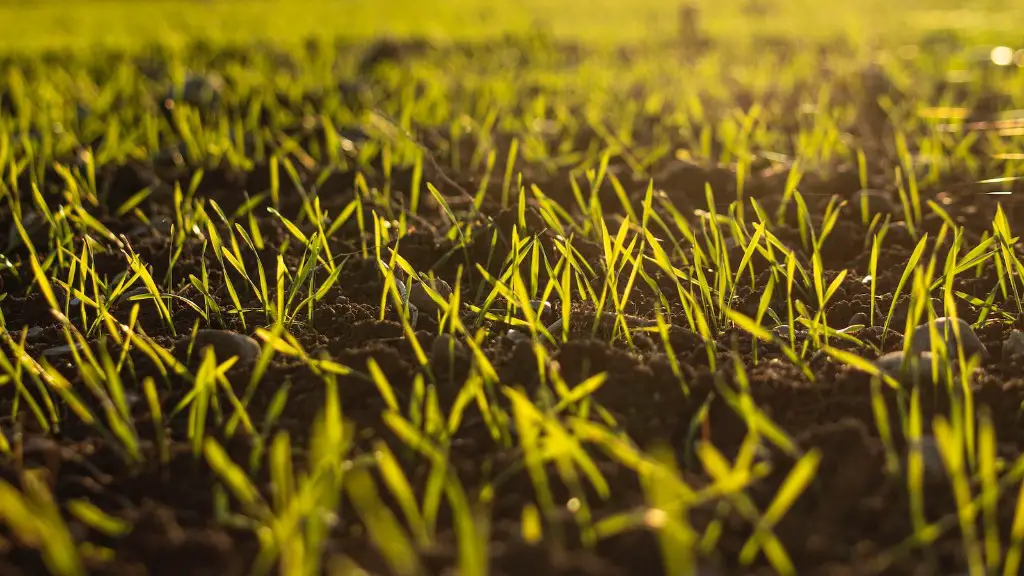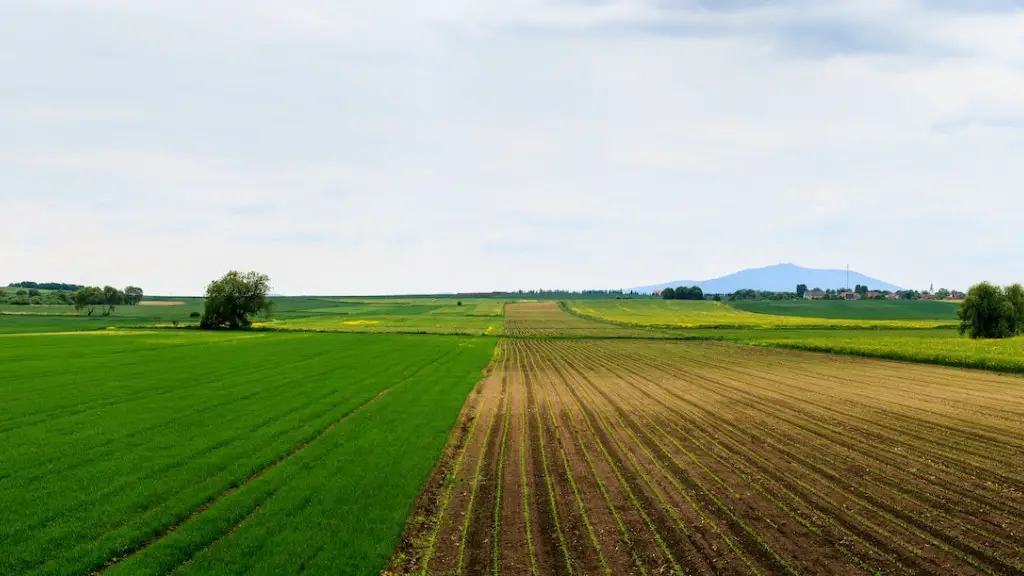Agriculture was discovered in the Neolithic period, also known as the New Stone Age. This was a time when people began to domesticate plants and animals and to live in permanent settlements. Agriculture allowed for the growth of civilizations by providing a stable food supply. It also resulted in the division of labor, which led to the development of other technologies and to the rise of cities.
The first agricultural practices are thought to have occurred around 10,000 BC, when people began to domesticate plants and animals. Agriculture allowed for the domestication of plants and animals, which led to the development of civilizations.
When and where was agriculture invented?
The Zagros Mountain range, which lies at the border between Iran and Iraq, was home to some of the world’s earliest farmers. Sometime around 12,000 years ago, our hunter-gatherer ancestors began trying their hand at farming. The Zagros Mountains were a perfect place for early farmers to settle because they had a long growing season and ample rainfall. The mountains also provided a natural barrier against invaders. early farmers in the Zagros Mountains were able to thrive and develop a rich and vibrant culture.
The Egyptians were among the first peoples to practice agriculture on a large scale. This was made possible with the development of basin irrigation. Basin irrigation is a type of irrigation where water is collected in a basin and then used to water crops. This type of irrigation is very efficient and allows farmers to grow crops in areas that would otherwise be too dry.
What was the first agriculture
Agriculture was a major step in human history, allowing for the domestication of plants and animals and the growth of civilizations. The Neolithic era, or the New Stone Age, was a time when humans first began to domesticate plants and animals and cultivate the land. There were eight Neolithic crops: emmer wheat, einkorn wheat, peas, lentils, bitter vetch, hulled barley, chickpeas, and flax. These crops allowed for the growth of cities and the rise of civilizations. Agriculture has had a profound impact on human history and continues to play a vital role in the world today.
However, new evidence suggests that farming may have actually originated much earlier, as far back as 23,000 years ago, in the northern Chinese region of the Yellow River Valley.
How did early humans start farming?
When the climate of the world was changing, people observed places where edible plants like seeds, plants, etc were found. They started growing their own plants. And thus, they become farmers.
Lentils are an ancient food that have been an important part of human history for over 13,000 years. Today, we enjoy them in tasty stews, soups and salads. In ancient times, however, lentils were an important part of establishing modern societies.
Lentils are a nutritious and versatile food that is easy to grow and harvest. They are an excellent source of protein, fiber and essential nutrients. For these reasons, they have played a vital role in the development of human civilizations.
Lentils were first cultivated in the Middle East, and they quickly became an important part of the diet in that region. From there, they spread to other parts of the world, including Europe, Asia and Africa.
Throughout history, lentils have been an important food for many cultures. They have helped to feed armies and populations during times of war and famine. Lentils have also been used as a form of currency and as a way to pay taxes.
Today, lentils are grown in many parts of the world and are enjoyed by people of all cultures. They are a delicious and nutritious food that we can all enjoy as part of a healthy diet.
Who was the first farmers on earth?
A new study has found that the first farmers actually represented a mixture of Ice Age hunter-gatherer groups, spread from the Near East all the way to south-eastern Europe. The study, published in the journal Science, analyzed the DNA of over 2,000 ancient individuals from across Europe and the Near East. The findings show that the first farmers were not a homogeneous group, but a mixture of different groups, each with their own genetic signature.
The study provides new insights into the origins of agriculture and the spread of early farming communities. It also highlights the importance of genetic diversity in the success of early farming groups.
The Agricultural Revolution is one of the most important and influential events in human history. It marks the transition from a hunting and gathering lifestyle to one based on agriculture and domesticated animals. This shift had a profound impact on human societies, changing the way we live, work, and interact with the natural world. The Agricultural Revolution is responsible for shaping the modern world as we know it.
When did agriculture start 8000 years ago
Agro pastoralism is a type of farming that includes both raising crops and livestock. In the Neolithic period, agro pastoralism in India included threshing, planting crops in rows, and storing grain in granaries. Barley and wheat were the main crops that were cultivated, along with cattle, sheep and goats. This type of farming was first seen in Mehrgarh around 8000-6000 BCE.
Domestic crops in the Eastern Woodlands, the Great Plains, and the American Southwest were cultivated by the Native Americans. These crops include maize, squash, beans, pumpkins, and sunflowers. The Native Americans also hunted game and gathered wild fruits, nuts, and berries.
What is the oldest type of farming?
Primitive farming is still practiced in various parts of the world. Some people have pushed their economy into primitive farming by learning the art of domesticating plants. This is a step ‘upward’ on the economic ladder from primitive gathering.
Norman Ernest Borlaug was an American agricultural scientist and humanitarian who is considered to be the “father of modern agriculture” and the father of the green revolution. He won the 1970 Nobel Peace Prize for his life’s work.
How did humans live before agriculture
Hunter-gatherer cultures are those that forage or hunt for food from their environment. This was the only way of life for humans until about 12,000 years ago, when archaeologic studies show evidence of the emergence of agriculture. Hunter-gatherers are often nomadic, moving from place to place in search of food. This lifestyle presents challenges, but also opportunities, in terms of finding food and shelter.
Farming began c 10,000 BC on land that became known as the FERTILE CRESCENT. Hunter-gatherers, who had traveled to the area in search of food, began to harvest (gather) wild grains they found growing there. They scattered spare grains on the ground to grow more food.
What year was 10,000 years ago?
The Quaternary extinction event is a mass extinction that has been ongoing since the mid-Pleistocene. Many of the ice age megafauna, including the megatherium, woolly rhinoceros, Irish elk, cave bear, cave lion, and the last of the sabre-toothed cats, have gone extinct.
Wheat and barley have been around for a long time and were some of the first crops cultivated by early humans. They are still important crops today, providing food for people all over the world. Wheat and barley are used to make bread, pasta, beer, and many other food items.
Conclusion
The dawn of agriculture is often thought to have occurred around 12,000 years ago when early humans began to plant and domesticate crops. However, there is evidence that suggests that some kind of plant husbandry may have been taking place much earlier, as early as 23,000 years ago.
The answer to this question is not fully known, as there is evidence of agricultural practices that date back to many thousands of years ago. It is thought that early agriculture was a response to the need to supplement hunting and gathering, as the climate began to change and food sources became less reliable. Over time, agricultural practices became more refined and widespread, playing a key role in the development of civilization.
